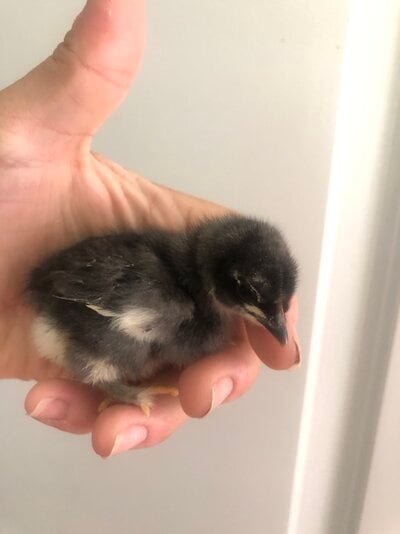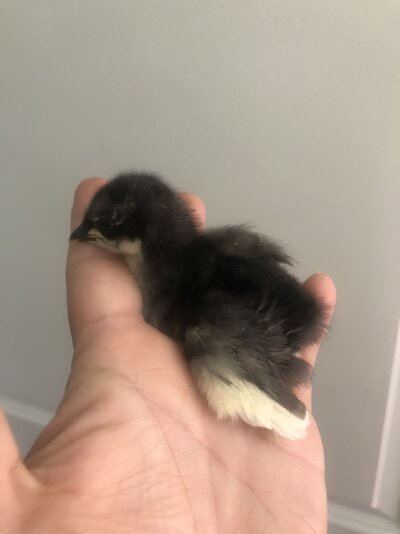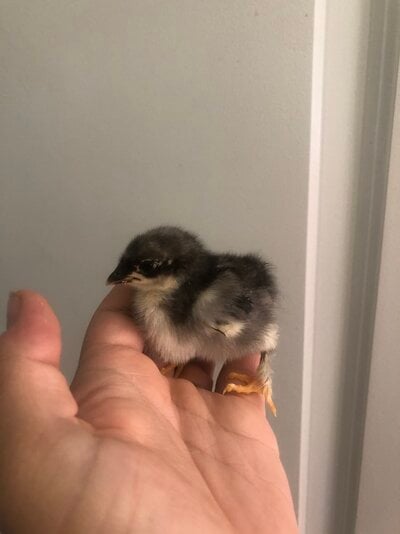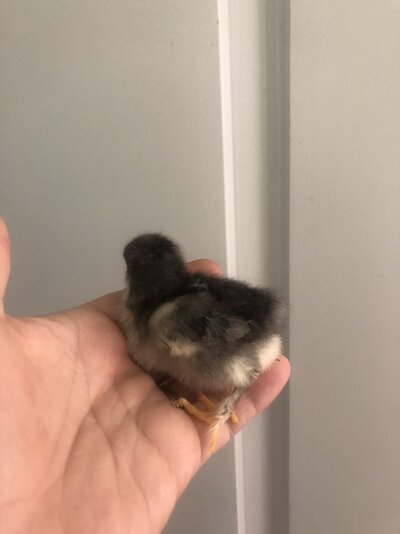I am just curious mostly, as I’m newer to chickens and chicken genetics and figured I could learn more by asking!
I have 4 bantam BBS Cochins that are about 4 months old. One is blue and three are a messy mix of blue or black. My one boy has started getting a fair amount of gold lacing in his hackle feathers and I just wondered if this is leakage of some sort or if BBS can also carry some birchen traits? It’s pretty and adds some interesting appearance to him and I just wondered!
Thanks!
I have 4 bantam BBS Cochins that are about 4 months old. One is blue and three are a messy mix of blue or black. My one boy has started getting a fair amount of gold lacing in his hackle feathers and I just wondered if this is leakage of some sort or if BBS can also carry some birchen traits? It’s pretty and adds some interesting appearance to him and I just wondered!
Thanks!

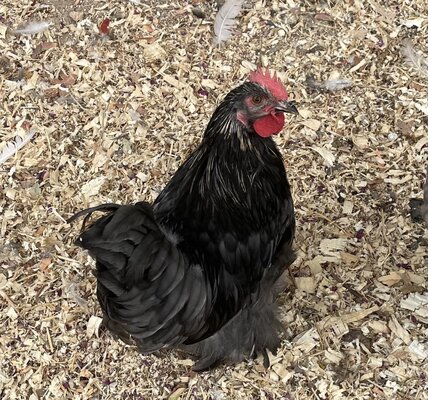
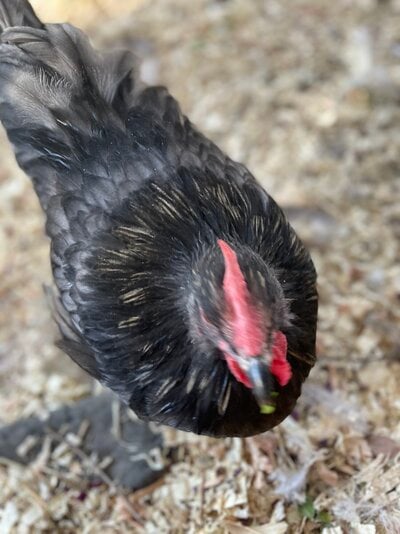


 I found a thread on here where they mentioned that gold is a possibility, but I'm not sure if that is even what my little dude has haha. I didn't really even know birchen was a thing until a couple weeks ago haha.
I found a thread on here where they mentioned that gold is a possibility, but I'm not sure if that is even what my little dude has haha. I didn't really even know birchen was a thing until a couple weeks ago haha. 
